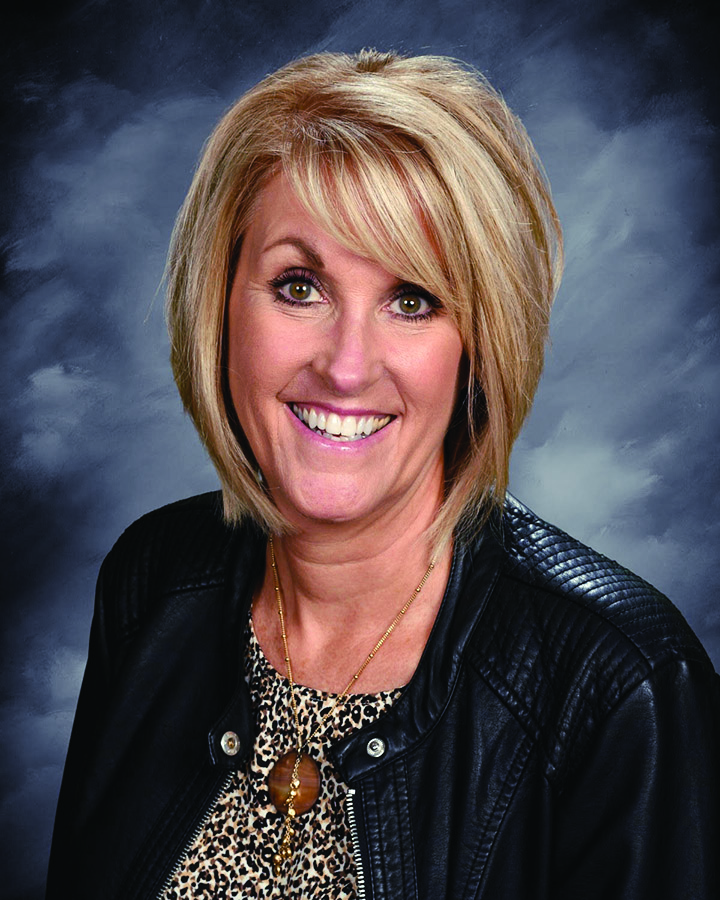
Sue Winter
Human Resources
Director
Headlines across the area have heralded a dire shortage of teachers in the region’s schools – forcing changes in some, like North Dakota’s move to permit student teachers to serve alone in the classroom. According to Gov. Tim Walz in July, about 6% of Minnesota’s 225,000 jobs in education were vacant. A report released earlier this year stated that nine out of 10 school districts said they have been significantly impacted by the teacher shortage.
Not so in Moorhead. According to Moorhead schools’ human resources director Sue Winter, the city’s classrooms are fully staffed for the start of classes on Thursday, Aug. 24.
That doesn’t mean, though, that there are no gaps in other staffing needs as the district readies its classrooms for the return of an estimated 7,300 students in kindergarten and grades 1 through 12.
“Hiring has been no harder than in the past,” Sue said on Monday. “Some advanced areas are always hard, especially upper level science and math. But we have managed to fill our openings, and I don’t know of any changes that have had to be made.”
A little over 10% of the district’s 630 educators – 75 – are new this fall. Advertising for those positions has drawn enough applicants, though far fewer than in the veteran HR director’s early days 20 years ago.
“When I started, we’d get 200 to 300 applications for elementary jobs. Lots of teachers wanted to get a position in Moorhead,” she reminisces. “Now it’s more like 30 to 40. The number of college students going into education doesn’t seem to be as strong.”
The largest number of applicants, she says, seems to be centered around social studies topics. Hardest to find are math and science.
While a full roster of educators will be at the front of Moorhead’s classrooms, other important roles are still unfilled. One area of need is in special education, where the district is still looking for four more professionals due, Sue says, to late resignations. The problem would be worse except for an innovative hiring strategy introduced last year: Hiring credentialed professionals from the Philippines.
Five Filipino special ed teachers joined the district last April through a Fargo-based consultancy called PhilAm Partners. The newcomers shadowed experienced teachers for several months; this fall they will have their own classrooms.
“Speech language pathology positions have been very hard to fill,” Sue notes. “Not a lot seem to go into the area on the education side.” Most of those who have applied for those openings have backgrounds in the medical fields, she says, making the financial adjustment difficult; in health care, they work and are paid for 260 days per year, while educational salaries cover 183: “It’s a hard switch.”
Job openings remain in several critical support services. One is paraprofessionals, who assist some students in their classrooms. “They’re hard to find,” Sue says. “We need between 210 and 220 of them, and some of those spots are difficult to fill.” There were 17 openings as of Monday. The jobs are considered full-time, requiring 6.75 hours per day; an associate degree or certification as a paraprofessional is normally required, though she adds, “We can train them, too.” She predicts, however, that all will be on board by the end of September.
Perennial shortages of bus drivers threatened to eliminate five transportation routes for 120 high school students. That was averted on Aug. 1, when the district announced that, instead of hiring drivers itself, it had contracted with a new vendor, Olander Bus Transport, to cover those areas. The district currently employs 20 of its own drivers and continues to contract with Richards Transportation, Schuck Transportation and Red River Trails.
Food service workers and custodial staff, too, present challenges. For the former, one obstacle is the limited hours that many positions entail. “We’re in a better place this year than last year,” Sue points out. “Those spots are tough to fill because they’re part-time and offer no benefits. Often the people we hire just want to use them as a stepping stone to something with more hours.”
When fully staffed, the district’s food service employs 58 people. There are currently six openings. Jobs range from just 2.75 hours serving lunch each day to second cooks, who work six hours, and assistant and head cooks, who are full time.
The district, says the HR director, gets few applications for custodial jobs. She attributes that to the fact that daytime jobs are few, and most positions work overnight. Each school has a lead day custodian plus a night lead with from two employees to as many as eight in the middle and high schools.
For updated information on these and other job openings in Moorhead schools, and to apply online, go to www.isd152.org.


